Why Dogs Stop Jumping — Understanding What’s Really Going On
When a dog stops doing something they used to love—like leaping onto the bed for cuddles or hopping into the car—it’s often a sign that something deeper is happening.
Dogs are natural jumpers, especially when they’re excited. So when that stops, it’s their quiet way of saying, “This hurts,” or “I’m not sure I can.”
Sometimes the cause is physical, like sore joints or an injury. Other times it’s emotional, such as fear or a bad past experience. Either way, paying attention now can help you catch the issue before it gets worse.
Here are the most common reasons your dog may have stopped jumping—and what you can do to help them feel better.
1. Joint Pain or Arthritis
This is by far the most common reason dogs stop jumping. When your pup’s joints ache—especially in the hips, knees, or back—jumping becomes painful or even impossible.
Arthritis is more common in older dogs and large dogs, but it can affect younger dogs too, especially if they’ve had past injuries or poor joint alignment. Larger breeds, more prone to arthritis, include Labradors, German Shepherds, and Golden Retrievers.
Signs to look for:
- Hesitation before jumping onto furniture or into the car
- Stiffness after naps or walks
- Limping, or taking longer to get up
🩺 Vet Tip: Ask your vet about joint supplements containing glucosamine, chondroitin, and omega-3s. They can help ease stiffness and protect cartilage.
Our Favorite Joint Supplement
Give your senior pup the comfort they deserve with these Natural Hip & Joint Support Soft Chews. Formulated by vets and made in the USA, these tasty supplements combine Glucosamine, Chondroitin, Devil’s Claw Root, and turmeric to ease stiffness, support mobility, and promote joint health. With added collagen, antioxidants, and balanced Omega fatty acids, they’re a delicious way to keep your dog feeling young, active, and pain-free.
We earn a commission if you make a purchase, at no additional cost to you.
2. Injury or Muscle Strain
Even a small injury can make your dog wary of jumping again. A misstep while playing fetch or slipping on hardwood can lead to sprains, bruised muscles, or soft-tissue strains that hurt when they land.
Keep in mind that some breeds are more prone to injuries than others. I’m talking about toy breeds, such as Yorkies, Chihuahuas, and Pomeranians. Trauma is one of the leading causes of death in toy breeds, so you have to act in time.
If your dog’s change in behavior happened suddenly, this could be the cause.
Watch for:
- Whining or yelping when moving
- Reluctance to climb stairs or run
- Licking at one particular leg or joint
⚠️ Heads-up: Never force your dog to jump “just to see.” Gentle movement and a vet visit are safer than risking a worse injury.
3. Back or Spine Problems
When the spine hurts, everything hurts. Intervertebral disc disease (IVDD), pinched nerves, or back muscle spasms can cause sudden changes in mobility, especially in breeds like Dachshunds, Corgis, and French Bulldogs.
Your dog might act fine walking but freeze when jumping up, showing you exactly where it hurts.
Clues your dog may have a back issue:
- Arched back or tense posture
- Crying out when touched near the spine
- Sudden weakness or unsteady walking
Vet Tip: Back problems are serious—see a vet right away if your dog refuses to move, trembles, or loses coordination. Early treatment makes a huge difference.
4. Weight Gain
Extra pounds can sneak up on even the happiest, most active dogs—and those few added pounds can make jumping a real struggle. When your dog carries excess weight, it puts more pressure on their hips, knees, and spine, making each leap harder and riskier.
Overweight dogs may still want to jump, but the discomfort or fatigue holds them back. Over time, this can also lead to joint damage or arthritis.
What to look for:
- Difficulty getting on furniture or into the car
- Heavy breathing after short bursts of activity
- Noticeable “rounding” through the belly or shoulders
💡 Pro Tip: Ask your vet about a safe weight-loss plan—and consider switching to a food formulated for weight management. Even a small reduction can make a huge difference in mobility and comfort.
5. Age-Related Stiffness
As dogs get older, their muscles naturally weaken and their joints lose flexibility. It’s not necessarily arthritis—it’s just part of aging. Senior dogs may still want to jump, but they’ll hesitate or avoid it because it feels unstable or uncomfortable.
That hesitation is your dog’s way of protecting themselves from pain or a fall. You might also notice they stretch more slowly, sleep longer, or prefer lower spots for lounging.
What helps:
- Gentle, low-impact exercise like swimming or short walks
- Soft, orthopedic bedding for support
- Ramps or stairs for easier access to couches and cars
🩺 Vet Tip: Senior dogs often benefit from mild joint supplements and physical therapy. Ask your vet about hydrotherapy, laser therapy, or gentle stretching routines that maintain strength without strain.
Our Favorite Orthopedic Dog Bed
Bully Beds Orthopedic 3 Sided Dog Bed With Bolsters
The Orthopedic 3-sided Bolster Dog Bed is one of the best beds you can purchase for older dogs, especially large dogs who suffer from joint pain, arthritis, or mobility issues. Orthopedic foam bolster beds have a raised edge and durable support foam to distribute weight and reduce pain, offering superior support and a soft, comfy place for your dog to sleep.
We earn a commission if you make a purchase, at no additional cost to you.
6. Fear or Negative Experiences
Sometimes it’s not about pain at all—it’s about fear or bad memories. Maybe your dog slipped on a hardwood floor or jumped from a height that hurt once. Dogs remember those moments, and they can form strong associations: “Jumping = danger.”
This kind of emotional hesitation is more common in younger dogs or rescues who’ve had uncertain pasts. You might see them approach furniture, hesitate, then walk away.
Ways to rebuild confidence:
- Use positive reinforcement (like treats and praise) when your dog even attempts to jump or climb
- Start small—practice on low steps or platforms
- Never force the movement; let your dog rebuild trust at their own pace
💡Pro Tip: Combine gentle encouragement with safety tools like non-slip mats or ramps (like the PetSafe Happy Ride ramp below) to make the experience feel secure again.
Our Favorite Car Ramp for Senior Dogs
Petsafe Happy Ride® Compact Telescoping Dog Ramp
If your dog needs a ramp to climb into the car, but you don’t have a lot of cargo area to store one, the Happy Ride® Compact Telescoping Dog Ramp is the perfect solution for both of you. Because this ramp is made of 3 sections instead of 2, it collapses down to 28 in (in contrast to our standard telescoping ramp which collapses down to 39 in). Customize the length of the ramp, based on the size of your vehicle, by extending it anywhere from 28-70 in.
We earn a commission if you make a purchase, at no additional cost to you.
7. Neurological or Nerve Issues
Sometimes the problem isn’t in the joints or muscles at all—it’s in the nervous system. Conditions that affect the spinal cord or brain, like nerve compression, degenerative diseases, or even a slipped disc, can interfere with your dog’s coordination and strength.
You might notice your dog trying to jump but misjudging distances, stumbling, or showing weakness in one or both hind legs. These are often subtle signs that something deeper is going on.
Watch for:
- Unsteady walking or dragging paws
- Trembling or “knuckling” (walking on the tops of the feet)
- Head tilt, confusion, or other balance changes
🩺 Vet Tip: Neurological issues require a vet’s diagnosis—sometimes even advanced imaging like X-rays or MRI scans. The sooner you act, the better the odds of recovery or managing symptoms.

8. Emotional or Environmental Stress
Lastly, don’t underestimate your dog’s emotional world. Changes in the home—new pets, a move, loud construction, or even tension between family members—can affect your dog’s confidence and behavior.
A once-bouncy dog might stop jumping because they’re feeling anxious, insecure, or overstimulated. Stress affects energy levels and physical responses, just like it does in humans.
Look for signs of stress:
- Hiding, pacing, or avoiding favorite spots
- Whining, lip-licking, or yawning excessively
- Changes in appetite or sleep habits
💡Pro Tip: Give your dog extra reassurance and structure. Keep a consistent routine, use calm praise, and offer cozy spaces where they feel safe. Sometimes emotional healing helps just as much as physical care.
When to See the Vet
If your dog suddenly stops jumping—or shows signs of pain, weakness, or fear—don’t wait it out. Even subtle changes can point to a medical issue that’s easier to treat early.
Schedule a vet visit if you notice:
- Sudden refusal to jump or climb
- Limping or whining during movement
- Loss of appetite, coordination, or energy
A professional exam can rule out serious conditions and guide you toward the right care—whether that’s medication, supplements, or physical therapy.

Final Thoughts
When your dog stops jumping, it’s not just a behavioral change—it’s a message. Whether it’s age, pain, fear, or something deeper, your dog is communicating in the only way they can.
With patience, love, and attention (plus a few vet-approved supports like ramps or supplements), you can help them feel confident and comfortable again.
Because the goal isn’t to make them jump again—it’s to help them live their best, happiest, pain-free life at any age.





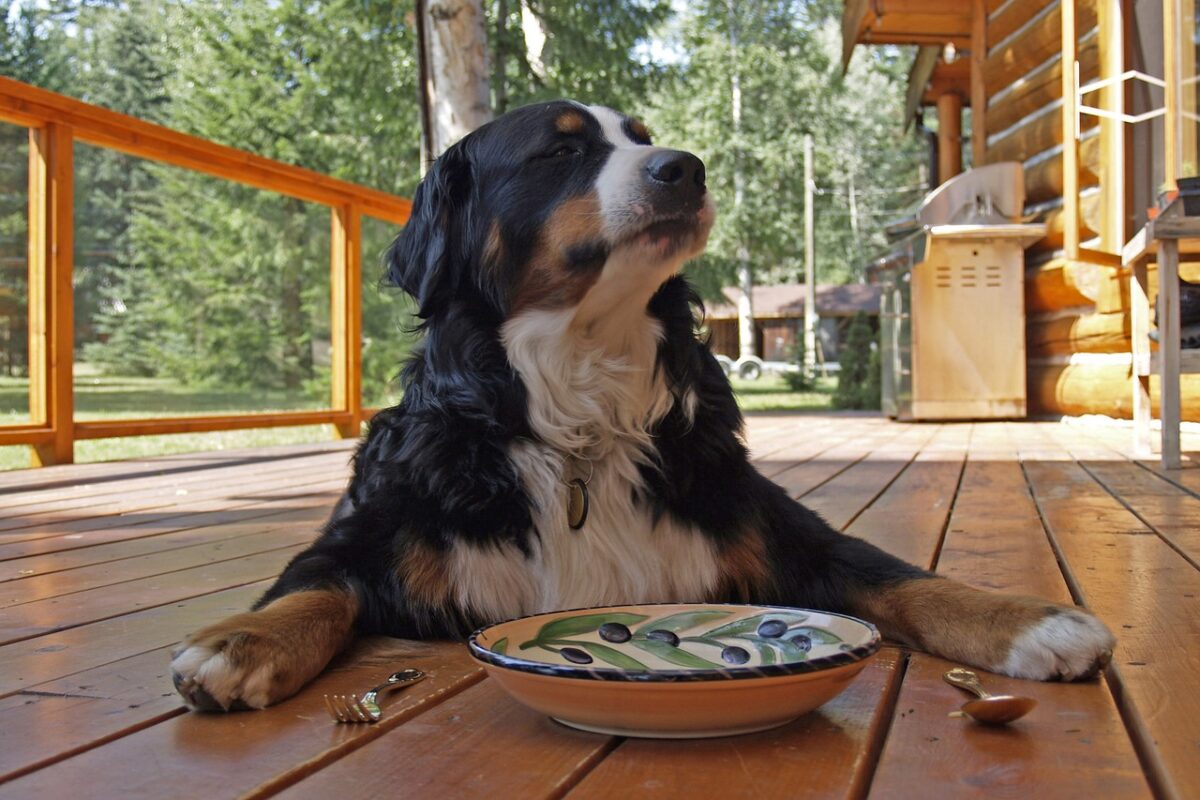

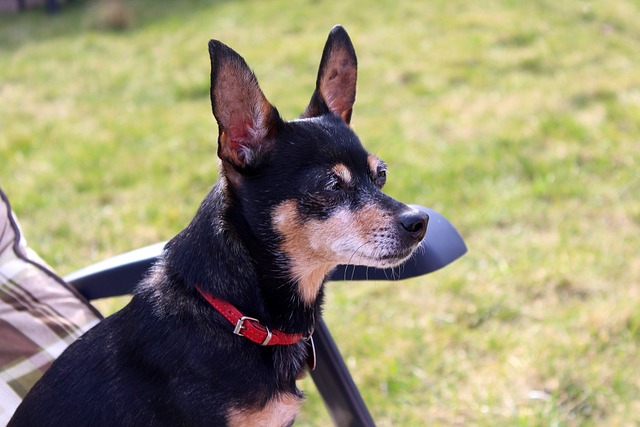
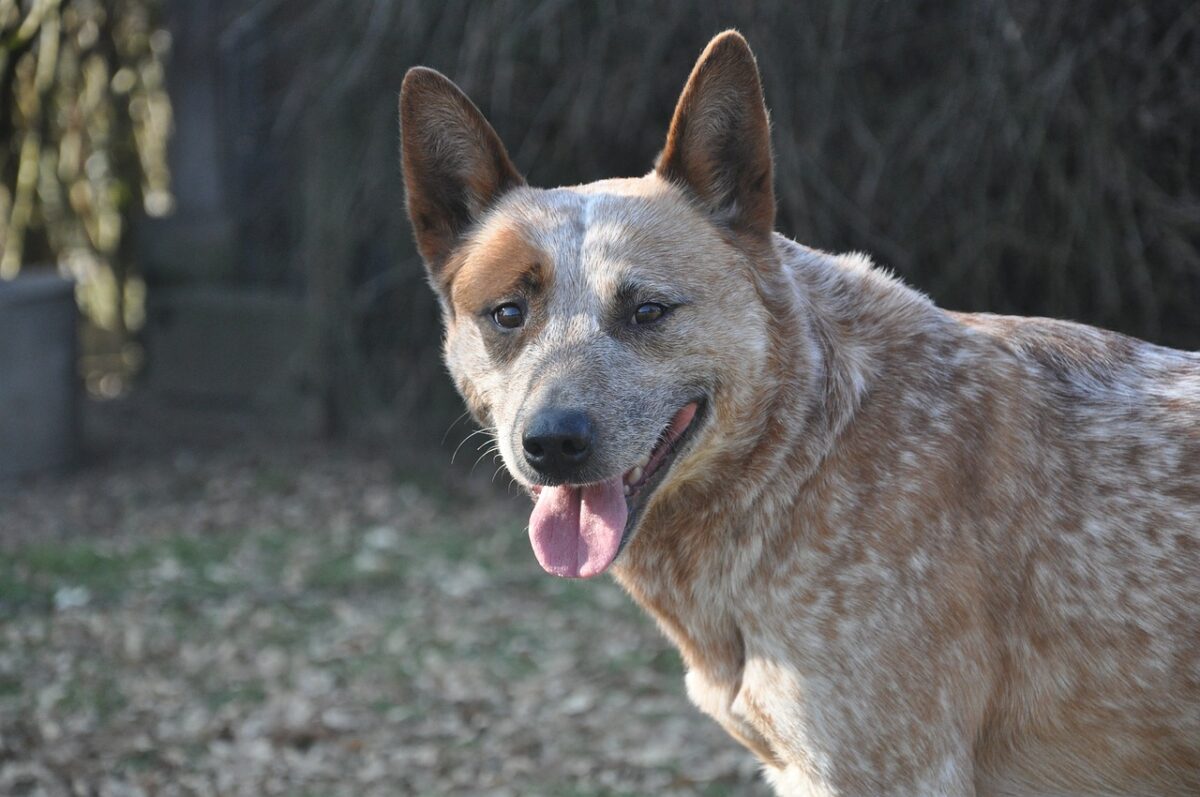
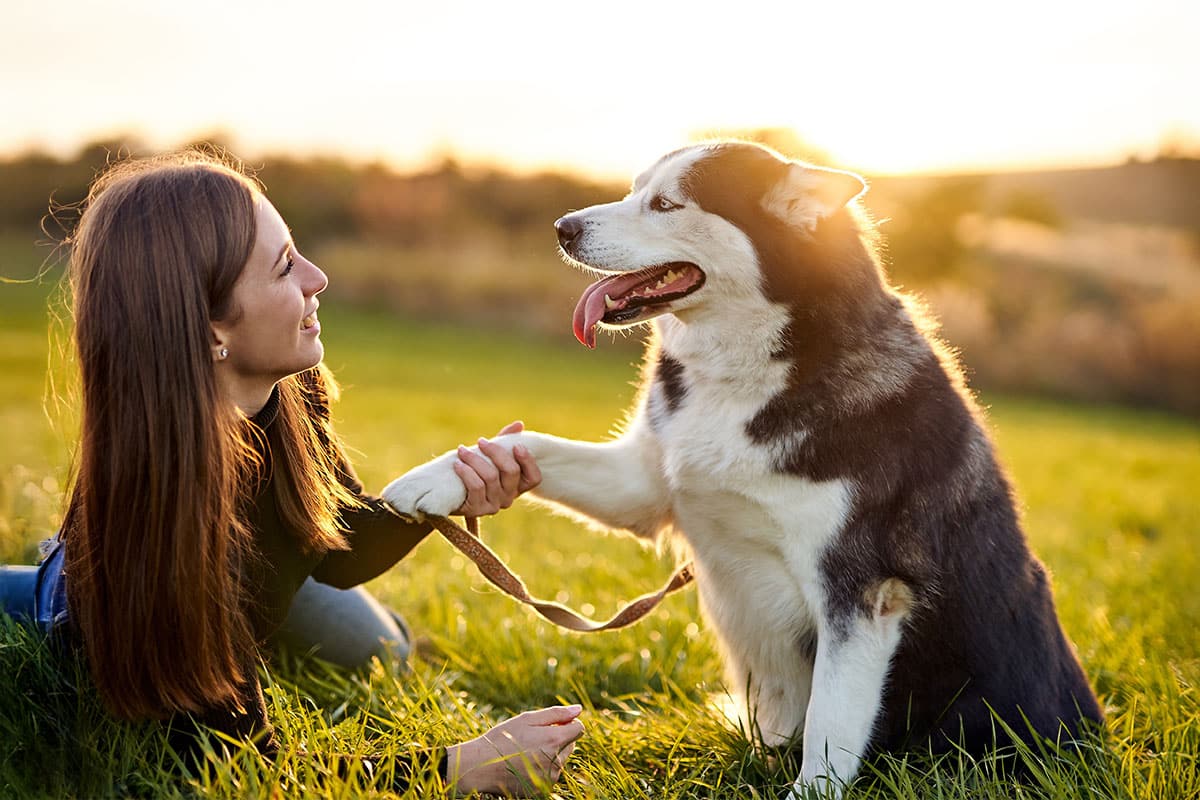
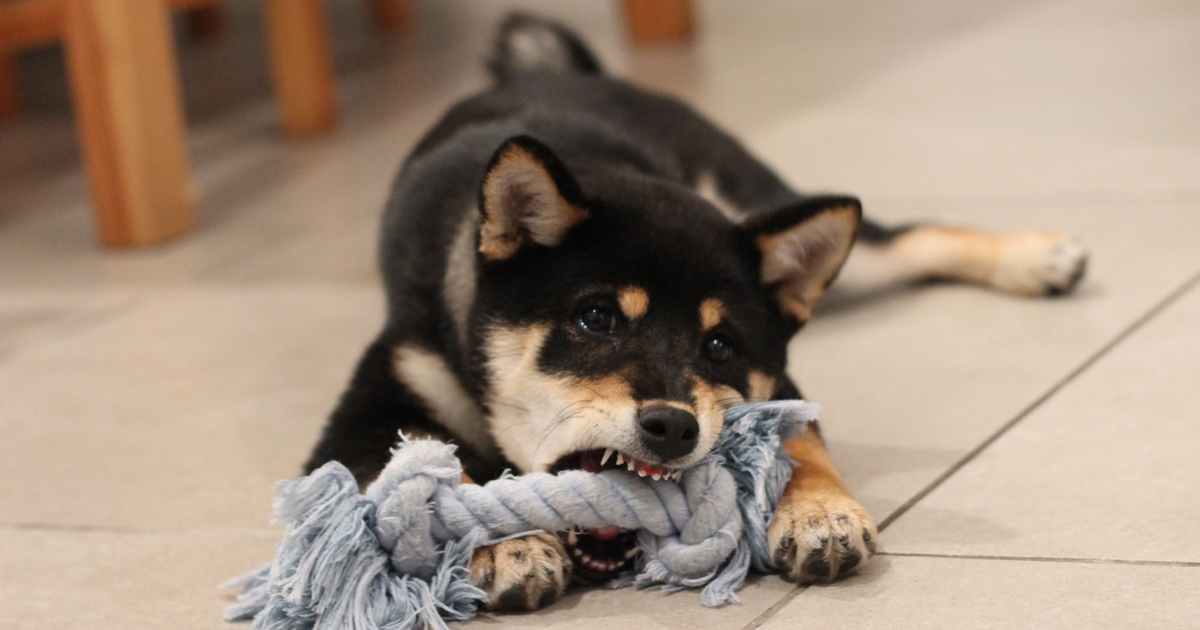
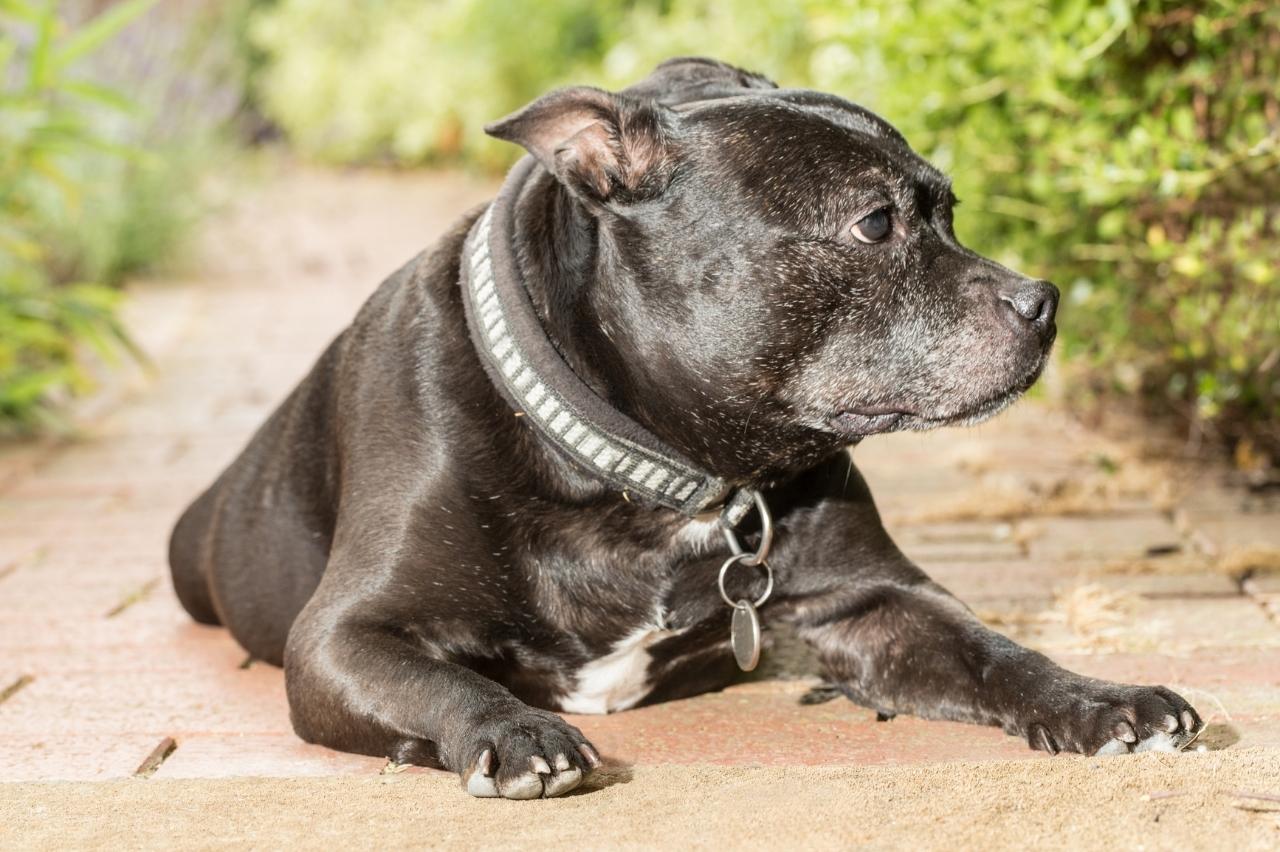
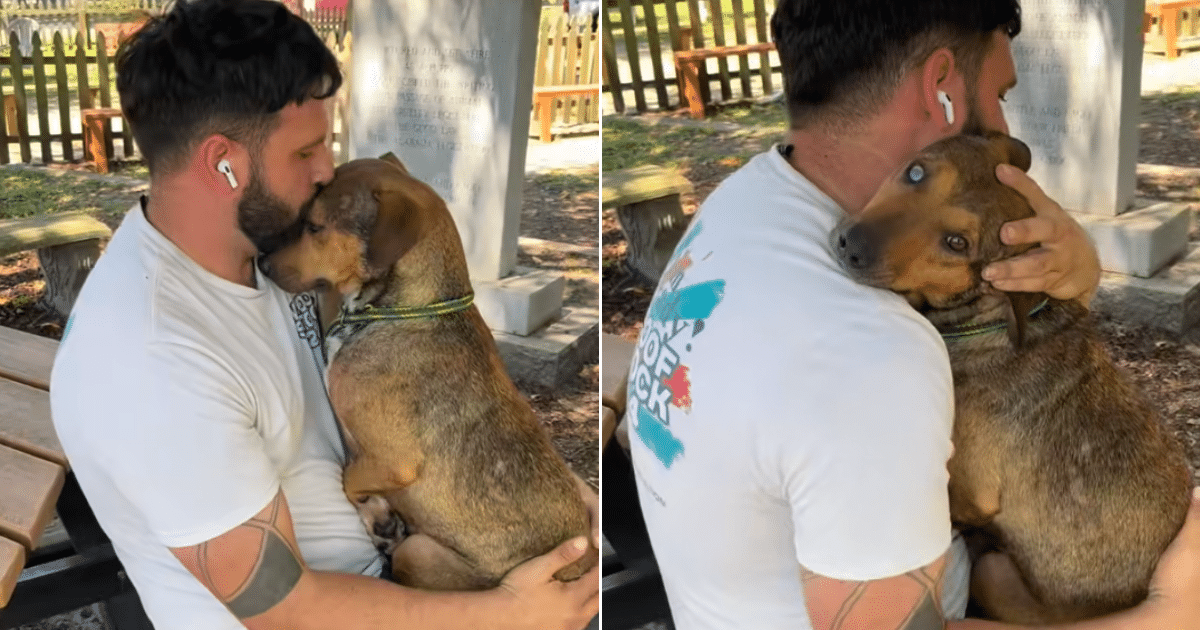
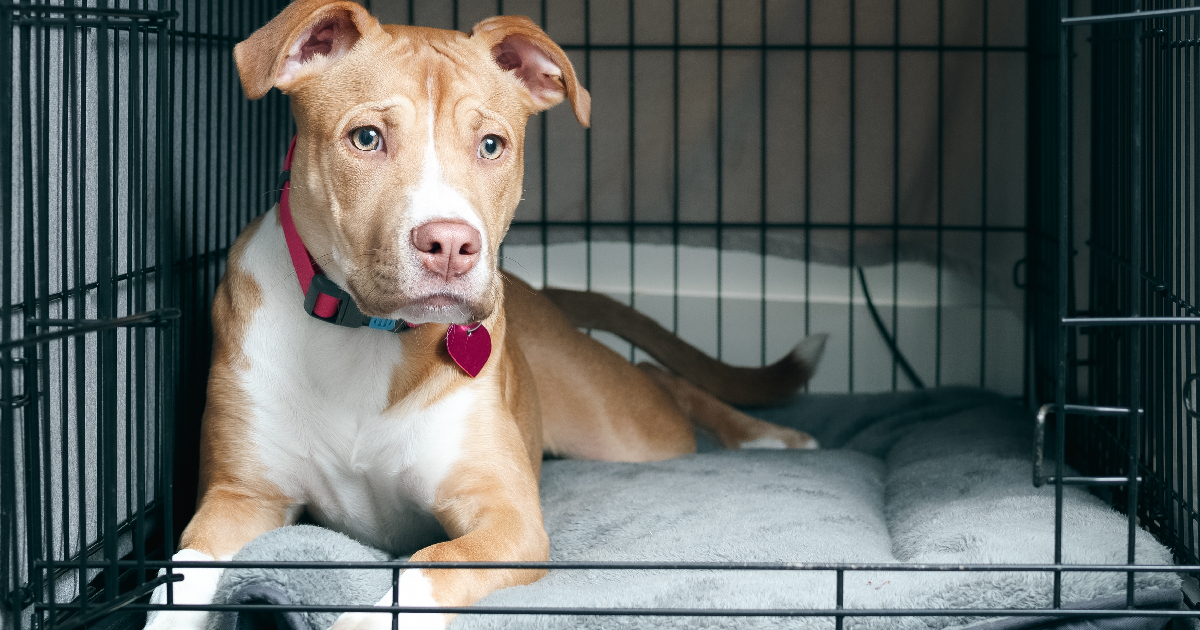
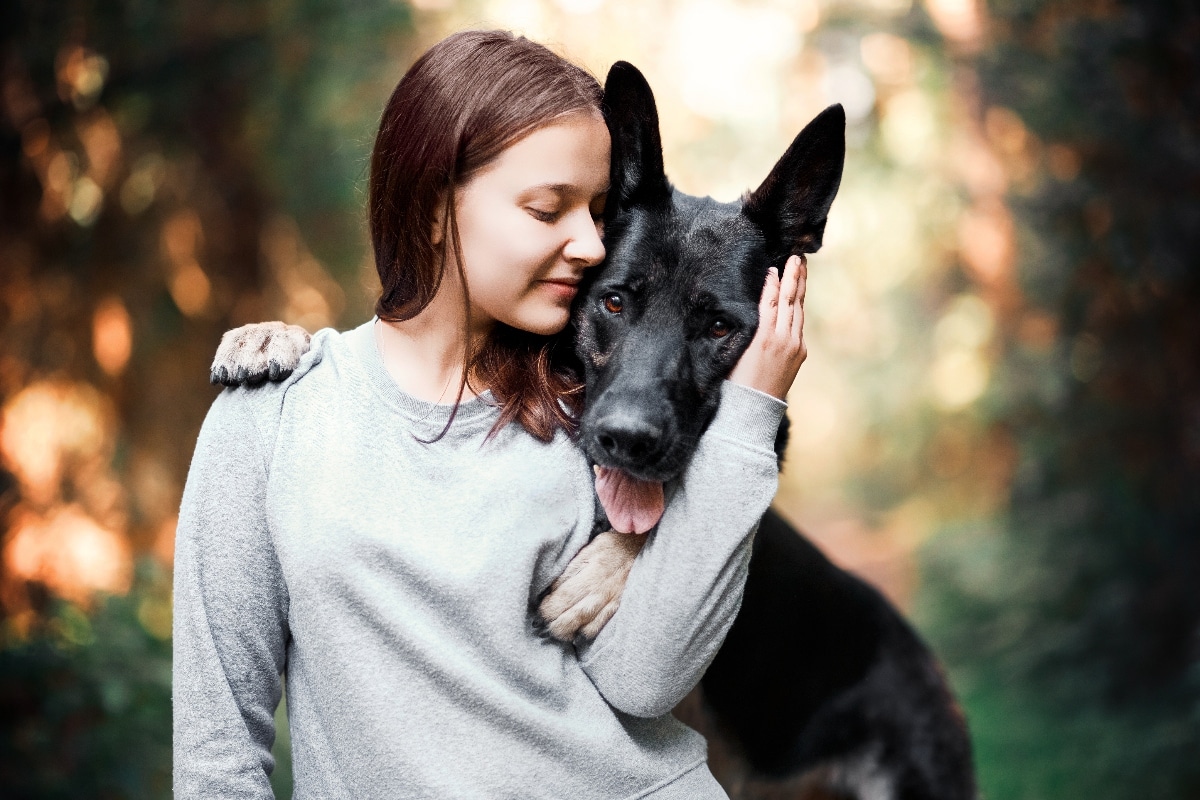

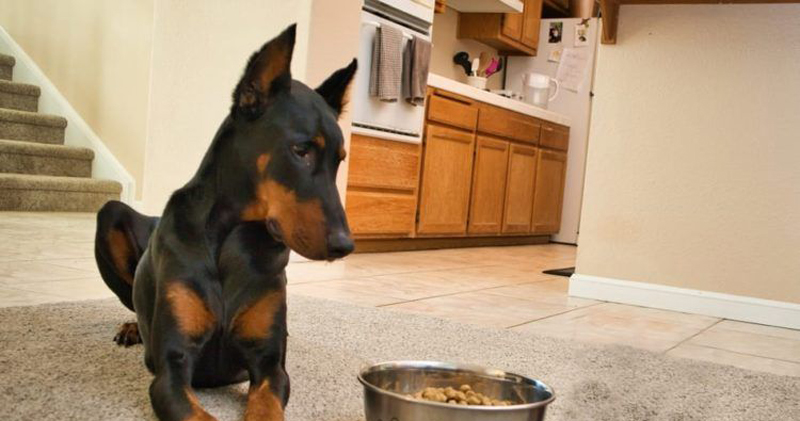

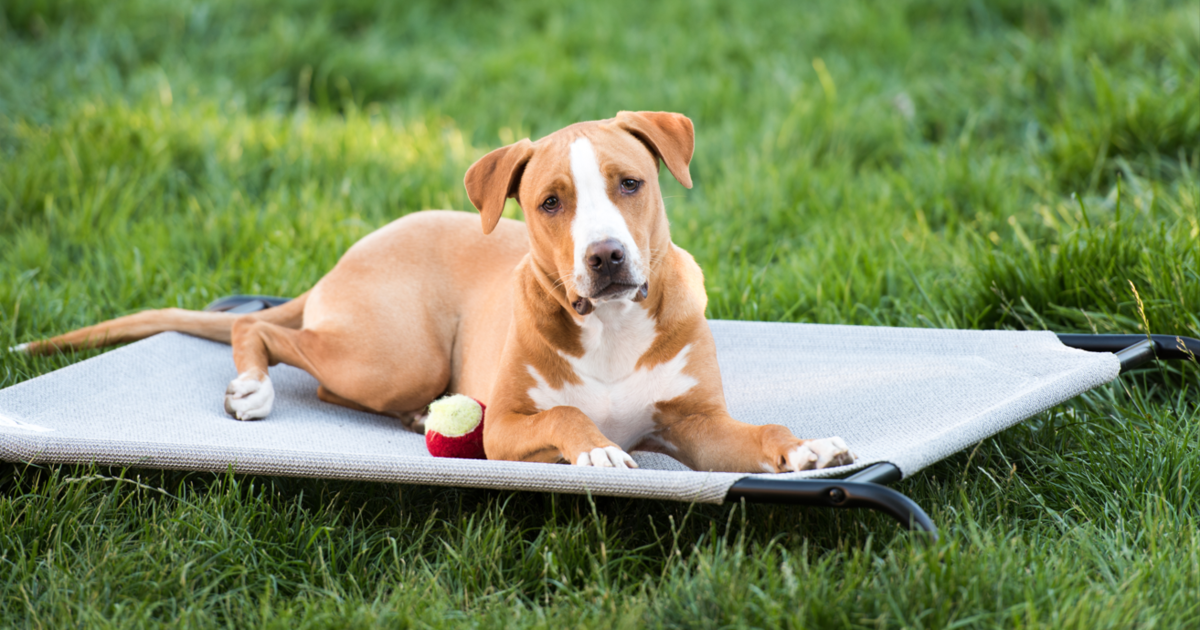

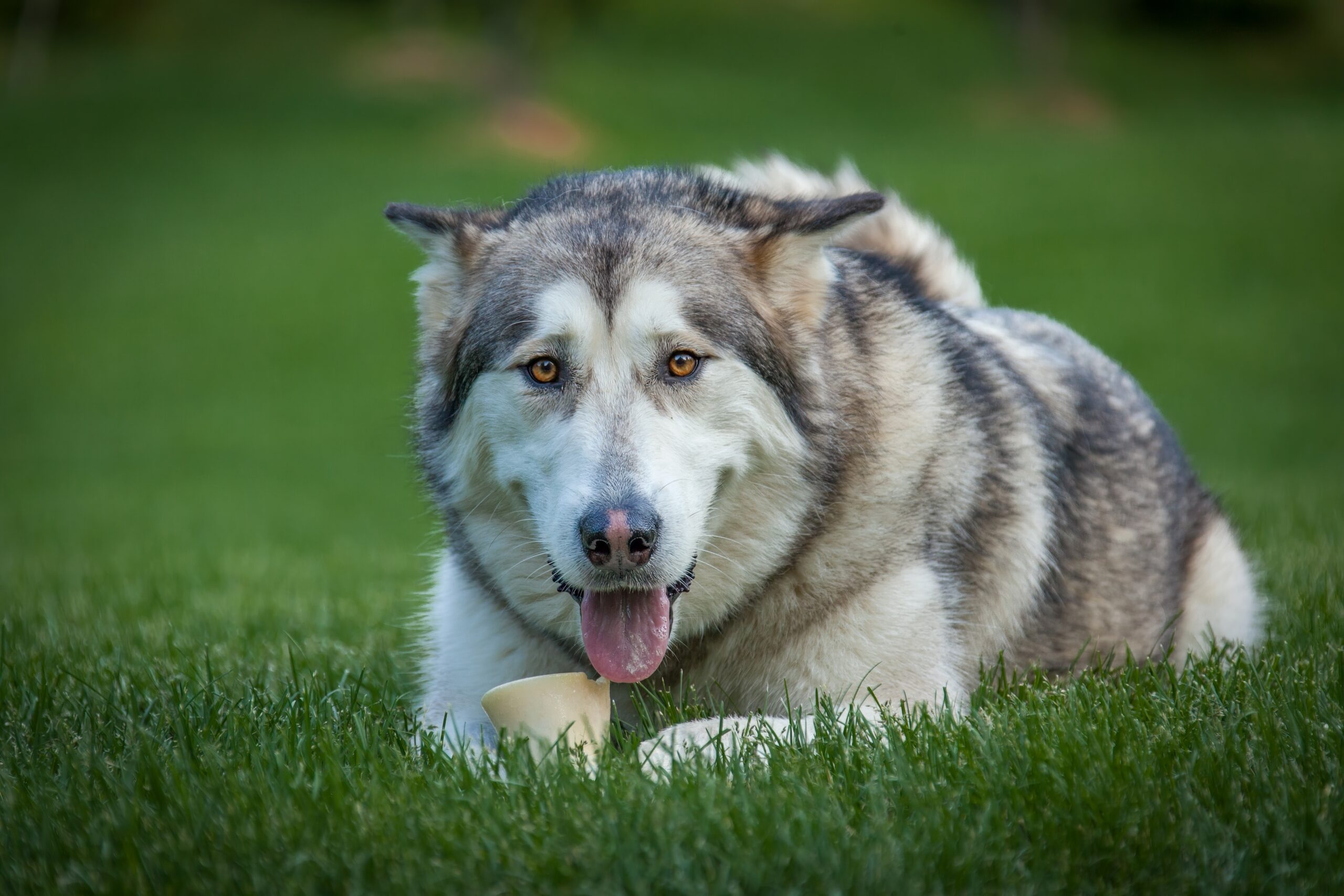

 English (US) ·
English (US) ·